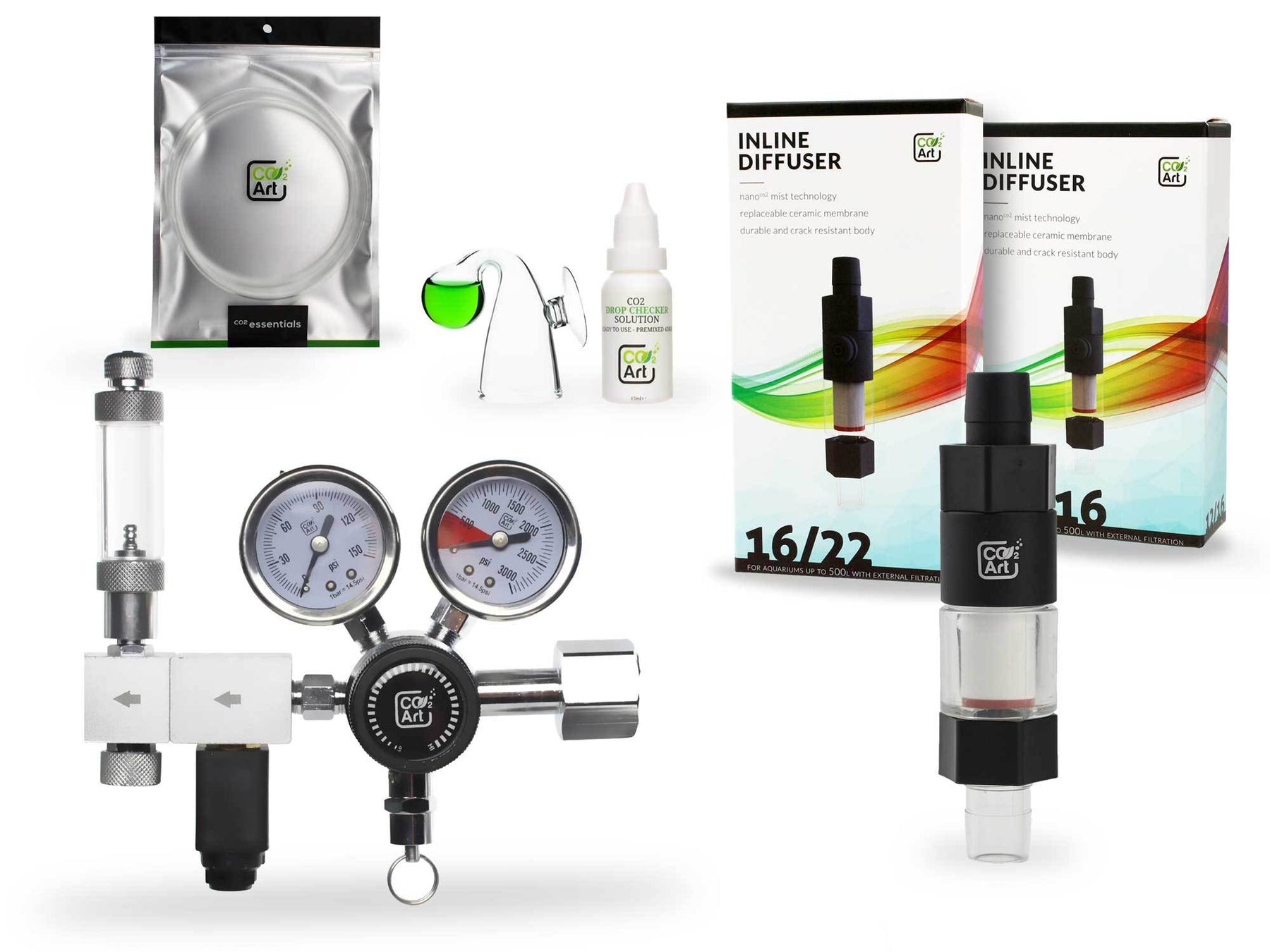How to keep your aquarium cool in summer
Understanding Fish Tank Temperature
Maintaining proper fish tank temperature is crucial for the health of your aquatic pets, and this becomes especially important during the fishtank summer months. As the weather warms up, tank water can quickly heat beyond safe limits, especially in smaller or poorly ventilated spaces. Elevated temperatures affect not only your fish but also the beneficial bacteria and water chemistry essential to your aquarium’s balance.
Being proactive about seasonal changes helps prevent stress and illness. Even a slight temperature rise can lead to reduced oxygen levels, which directly impacts fish health. Using a reliable digital thermometer and monitoring the water daily ensures you catch fluctuations early and adjust conditions before they become harmful.
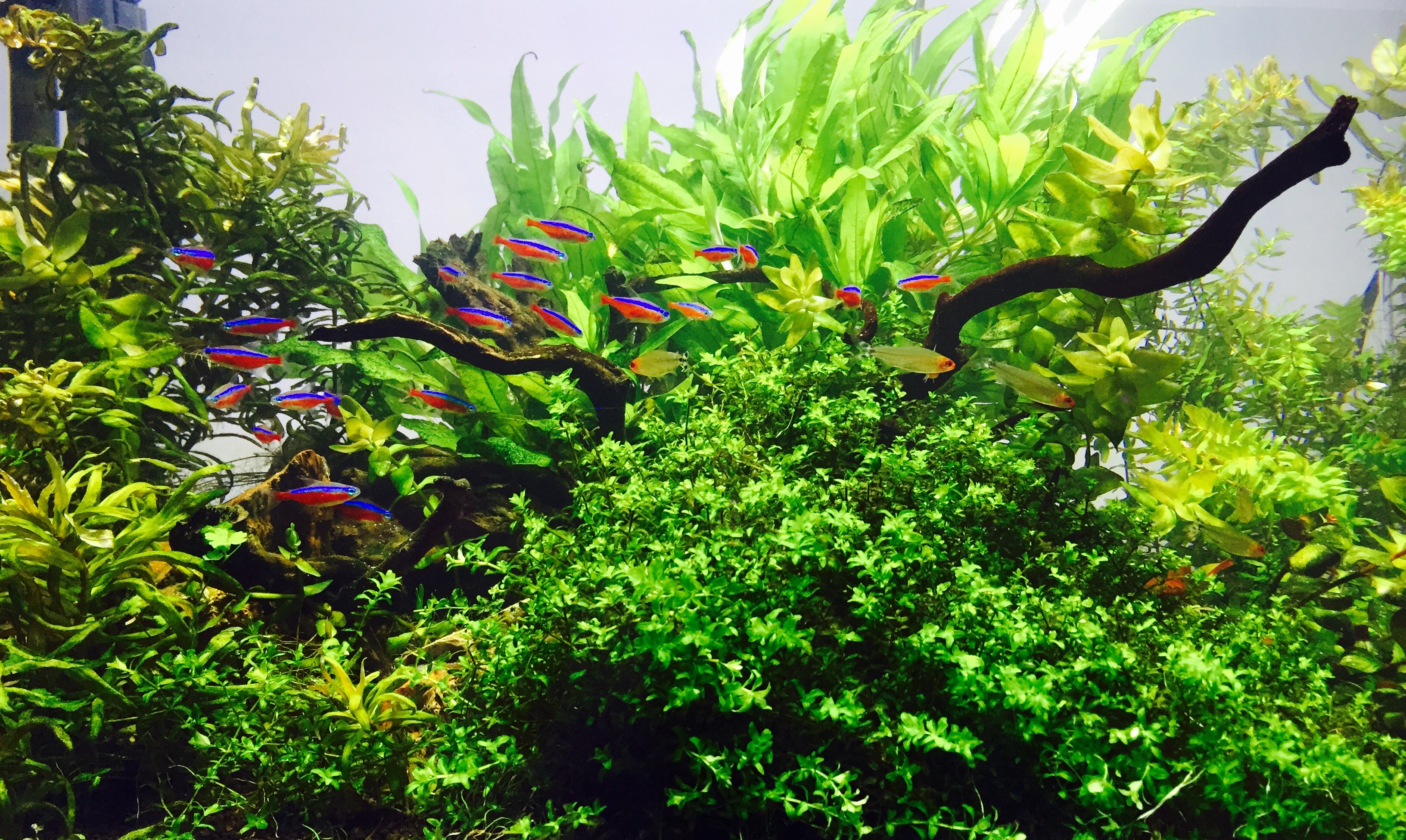
Preparing for a Hot Season: Challenges of a Summer Fishtank
Running a summer fishtank means being proactive about the rising temperatures inside your home. Heat from sunlight, room temperature, and even tank lights can combine to cause dangerous increases in water warmth. This affects not just the fish, but also beneficial bacteria, plants, and water chemistry.
To avoid overheating, keep your aquarium in a shaded area and away from windows. Using cooling methods such as fans or open-lid airflow can help maintain appropriate conditions. Regular water testing becomes even more essential during hot spells to avoid harmful imbalances.
Smart Methods on How to Cool Aquarium Water: Tips for Maintaining Cool Aquariums
Learning how to cool aquarium water is essential when temperatures rise and your tank becomes vulnerable to overheating. One of the simplest ways to maintain cool aquariums is by using fans across the water surface to increase evaporation and lower the temperature. Small clip-on fans or even household fans can make a noticeable difference, especially during the hottest parts of the day.
Another effective method involves floating frozen water bottles or ice packs in the tank, being careful to avoid direct contact with fish. Gradual cooling is key to preventing temperature shock. Remember, consistency is just as important as coolness—rapid changes in temperature can cause stress, especially in sensitive tropical species.
What’s the Ideal Temperature for Fish Tank Health in Summer?
The ideal temperature for fish tank conditions depends on the species you keep, but most tropical fish thrive between 75°F to 80°F. In summer, even a small rise beyond that range can cause stress, illness, or oxygen deficiency for your aquatic pets.
Different fish have different tolerances, so it's important to research your species’ specific needs. Use a digital thermometer for more accurate readings and check water temperature at different times of the day. Stability is often more important than the exact number—fluctuations can be just as dangerous as prolonged heat.
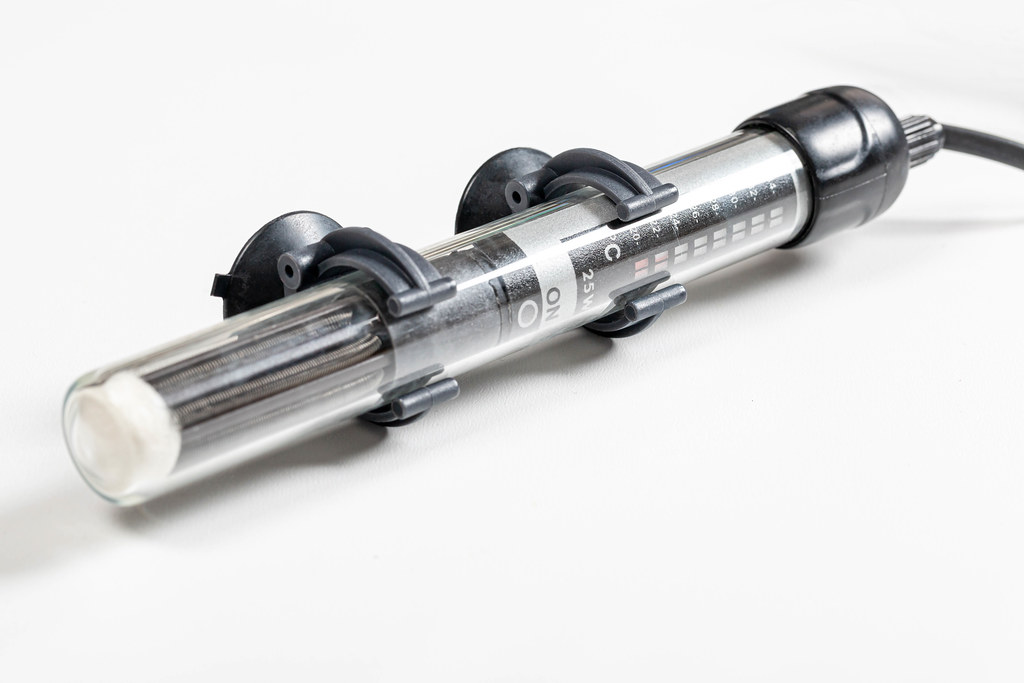
How to Keep Your Aquarium Cool in Summer Without Stressing Your Fish
During heat waves and hot weather, the water temperature in your aquarium can rise rapidly, endangering the health of your fish. One of the most effective solutions is using an air conditioner in the room to keep the overall aquarium temperature stable. Fans blowing across the water surface can also enhance gas exchange, which helps increase dissolved oxygen—crucial when water is warm.
Avoid placing your tank near direct sunlight or indoor heat sources, as they contribute to unexpected temperature fluctuations. Investing in a reliable aquarium thermometer will help you monitor the temperature changes closely. In extreme cases, frozen water bottles placed in the tank (never directly touching the fish) can help reduce the water temperature gradually.
Managing Aquarium Light and Heat Sources During Summer
Controlling aquarium light exposure is key to keeping your tank cool. Limit lighting periods during hot weather, especially for tropical fish tanks that can easily overheat. Swap intense lighting for energy-efficient LEDs, which emit less heat and reduce strain on your fish and aquarium.
Keep your tank away from heat sources such as kitchen appliances or electronics. Covering the aquarium during the hottest hours or using adjustable blinds to block direct sunlight also minimizes temperature changes. Remember that warm water holds less dissolved oxygen, which may stress fish, so maintaining a consistent water temperatureis vital for different fish species.
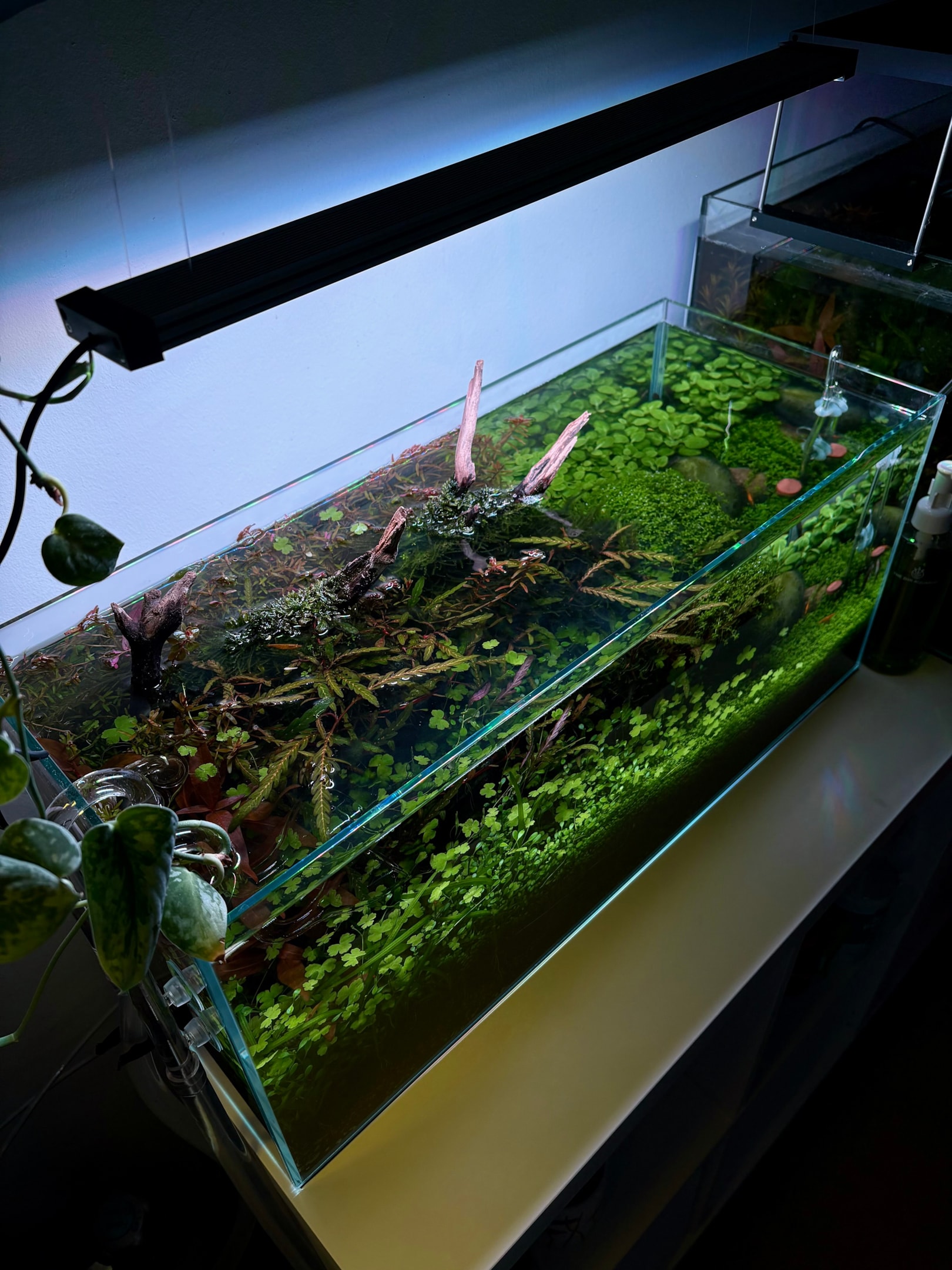
Protecting Tropical Fish from Temperature Fluctuations
Tropical fish are especially vulnerable to temperature fluctuations, which can cause illness or even death if not addressed quickly. During heat waves, monitor your tank several times a day using a reliable thermometer. Quick spikes in aquarium temperature can disrupt gas exchange and reduce dissolved oxygen, both of which are vital for healthy fish.
One way to protect your fish is by placing your aquarium in a shaded area and minimizing ambient heat. If you have different fish species, make sure all are compatible with the higher end of the safe water temperature range. Consistency is key—sudden temperature changes are harder on fish than steady, even if slightly elevated, tank conditions.
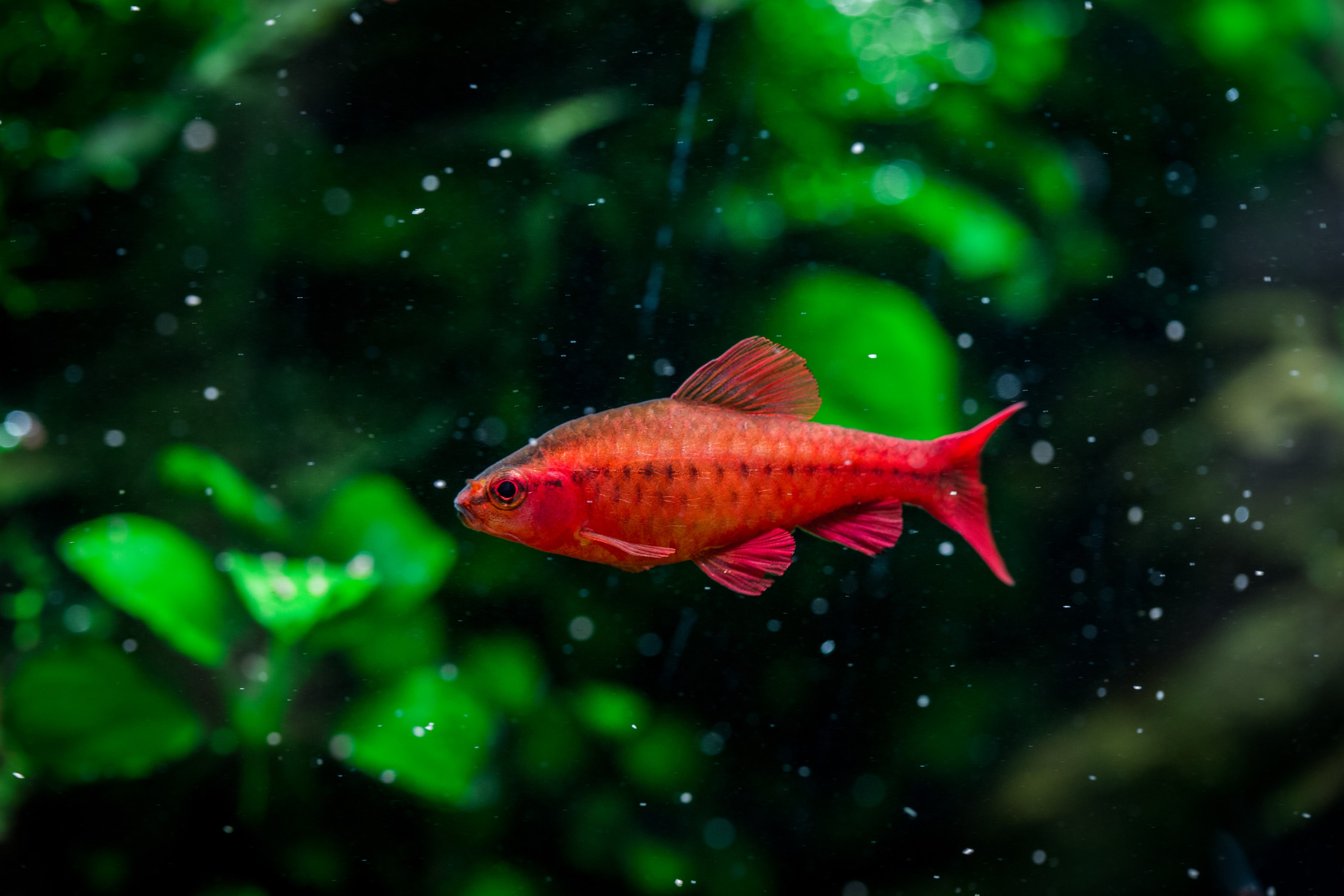
Cooling Tools: From Cold Water to Air Conditioners
In emergencies or extended periods of hot weather, consider using cold water changes to gently bring down the water temperature in your aquarium. Always make changes gradually to prevent stress fish reactions. In larger setups, using an air conditioner can provide room-wide relief and help maintain a tank cool environment.
Supplementing with surface fans improves gas exchange and brings in more oxygen, especially when warm water naturally holds less. Keep in mind that high heat affects different fish species in varying ways, so monitor their behavior for signs of distress. Being proactive with these strategies helps ensure your fish thrive even in the height of summer.
CO2 Injection During Summer: Stability in a Changing Environment
For aquarists using CO2 injection in planted tanks, summer conditions can affect both gas levels and plant performance. Warm water holds less dissolved oxygen and may also influence gas exchange efficiency. This can lead to inconsistent CO2 saturation, which can impact plant growth and the comfort of your fish.
To maintain stability, monitor your CO2 system more frequently during hot weather. Use a drop checker to observe levels and adjust the CO2 flow if needed. Cooling the tank too much too quickly can result in temperature fluctuationsthat alter gas solubility. Keep the system balanced to support both plants and tropical fish comfortably.

Final Tips for Stable Aquarium Conditions During Heat Waves
To wrap up, remember that knowing how to keep your aquarium cool in summer is key to protecting your fish from environmental stress. High water temperature reduces dissolved oxygen, and without intervention, can seriously harm your tank’s balance. Adding surface movement through bubblers or filters enhances gas exchange, introducing more oxygen into the tank.
Use an air conditioner in the room to help stabilize the ambient temperature. Keep your aquarium out of direct
sunlight, and monitor temperature changes regularly. By staying alert during heat waves, you ensure your
aquarium remains a safe, cool haven for your fish, even in the most intense summer heat.
Meet our bestseller! The Pro-Elite Series Complete Aquarium CO2 System with New Inline CO2 Diffuser!
